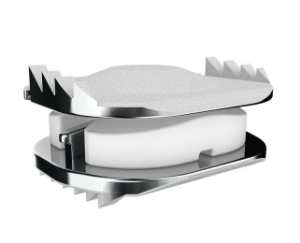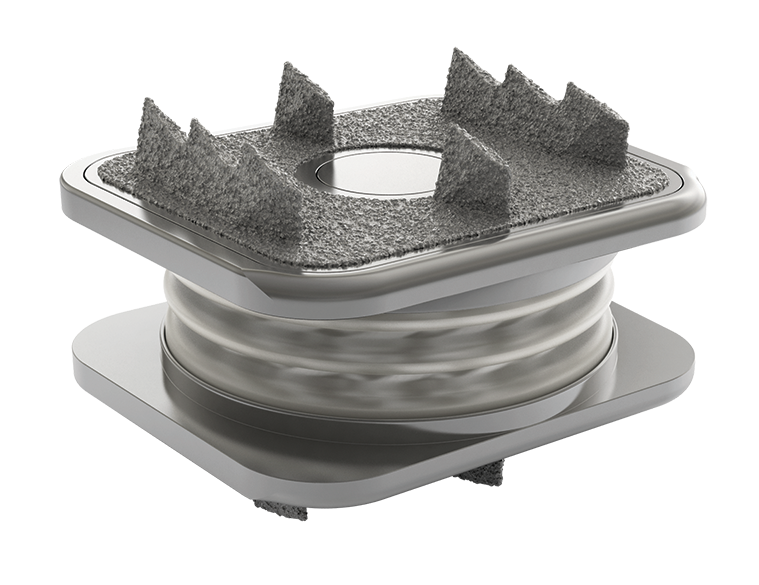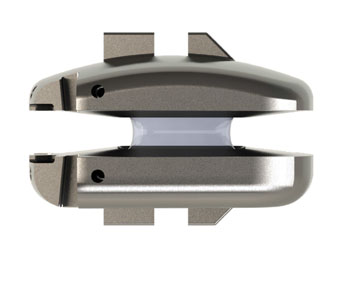Cervical TDR
US technology for your back health




Overview
Cervical disk replacement surgery involves removing a diseased cervical disk and replacing it with an artificial disk. Before this procedure was available, the affected disk was removed and the vertebrae above and below were fused together to prevent motion
The use of an artificial disk to replace your natural cervical disk is a new type of treatment that has recently been approved by the FDA. Disk replacement surgery may have the advantage of allowing more movement and creating less stress on your remaining vertebrae than traditional cervical disk surgery.
Why it's done?
Loss of space between your cervical vertebrae from cervical disk degeneration, or wear and tear, is common. Cervical disks begin to collapse and bulge with age; this happens to most people by age 60. But health care providers don’t know why some people have more symptoms from cervical disk degeneration than others.
Symptoms may include:
Neck pain
Neck stiffness
Headache
Pain that travels down into your shoulders or into your arms
Weakness of your shoulders, arms, hands, or legs
Numbness or „pins and needles” feeling in your arms
Risks
While any surgery carries some risk, disk replacement surgery is a relatively safe procedure. Before you have surgery, you will need to sign a consent form that explains the risks and benefits of the surgery.
Disk replacement is a new type of spine surgery so there is little information on possible long-term risks and outcomes. Discuss with your surgeon the risks and benefits of disk replacement surgery compared with more traditional types of cervical spine surgery.
Some potential risks of cervical spine surgery include:
Reactions to the anesthesia
Bleeding
Infection
Nerve injury
Spinal fluid leak
Voice change
Stroke
Difficulty breathing
Difficulty swallowing
Failure to relieve symptoms
Broken or loosened artificial disk
Need for further surgery
There may be other risks, depending on your specific medical condition. Be sure to discuss any concerns with your surgeon before the procedure.
Results
Most patients are out of bed and walking on the evening of surgery. Hospital stay is one to two days. There are some activity restrictions for the first month and then patients can return to normal activities. Be sure to ask your surgeon for a complete list of activity restrictions.
For most patients, a self-directed walking and stretching program is all the rehabilitation they need during the first weeks after surgery. Return to full activities (excluding contact sports) can be expected for most people by four to six weeks after surgery.
Typically, patients are seen at four to six weeks, three months, six months, one year and once a year after the first year. Disk replacement patients will need to be seen every year or two for the life of the disk replacement, similar to patients with hip or knee replacements.

We are a well knowing company that can provide you best solution for your medical problems…
